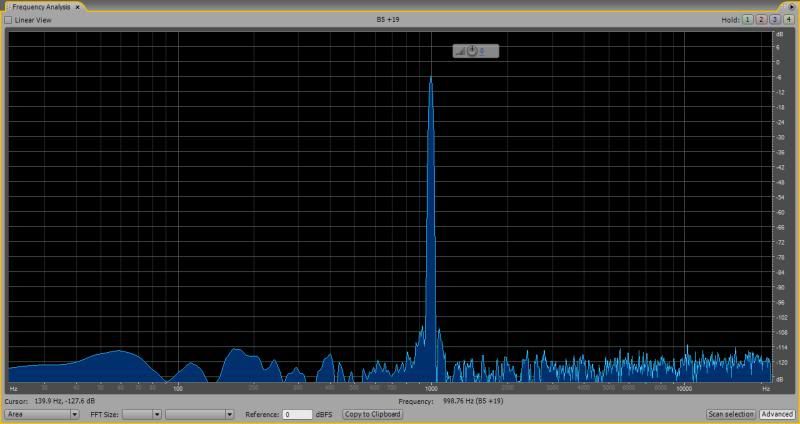P
pasnu
New member
What exactly is a spectrum analyser? and how do you use it in your workflow?

It sounds like something from "Star Trek".What exactly is a spectrum analyser?
Actually, when you're not trying to use it for mixing, it's a very useful device--particularly when you get into working with radio waves.

I have to admit that I have never used one, but I always assumed I should. Doesn't it help you find the key frequency of one track so you can EQ out the other tracks to make room for it.....
Maybe using your ears is the more natural way of eq'ing the mix?
Never done that before, research time for me...
Thx Greg

My experience in pro audio is more live sound, and SA's are used there to more quickly and (sometimes) more precisely ring-out the room.
Feedback eliminators have not gained wide acceptance- the criticism is they are too broad in their frequency adjustments
and/or difficult or impossible to override,
and the next development seems to be manually-adjusted EQ's (whether analog or digital controls) that include a SA- the SA is part of a circuitry that seeks out frequencies that are feeding back, but relies on the operator to make the necessary adjustments to address it.
